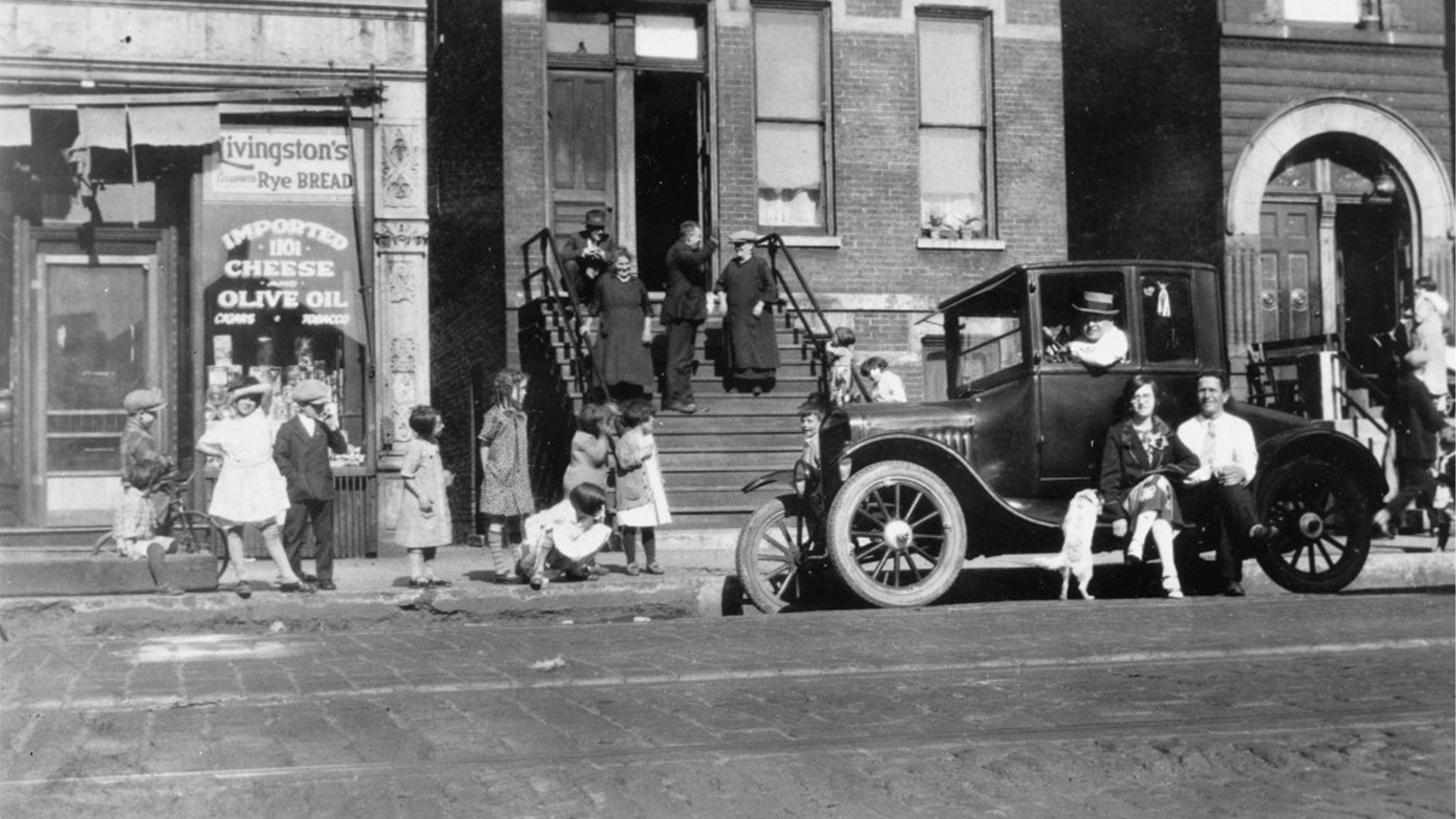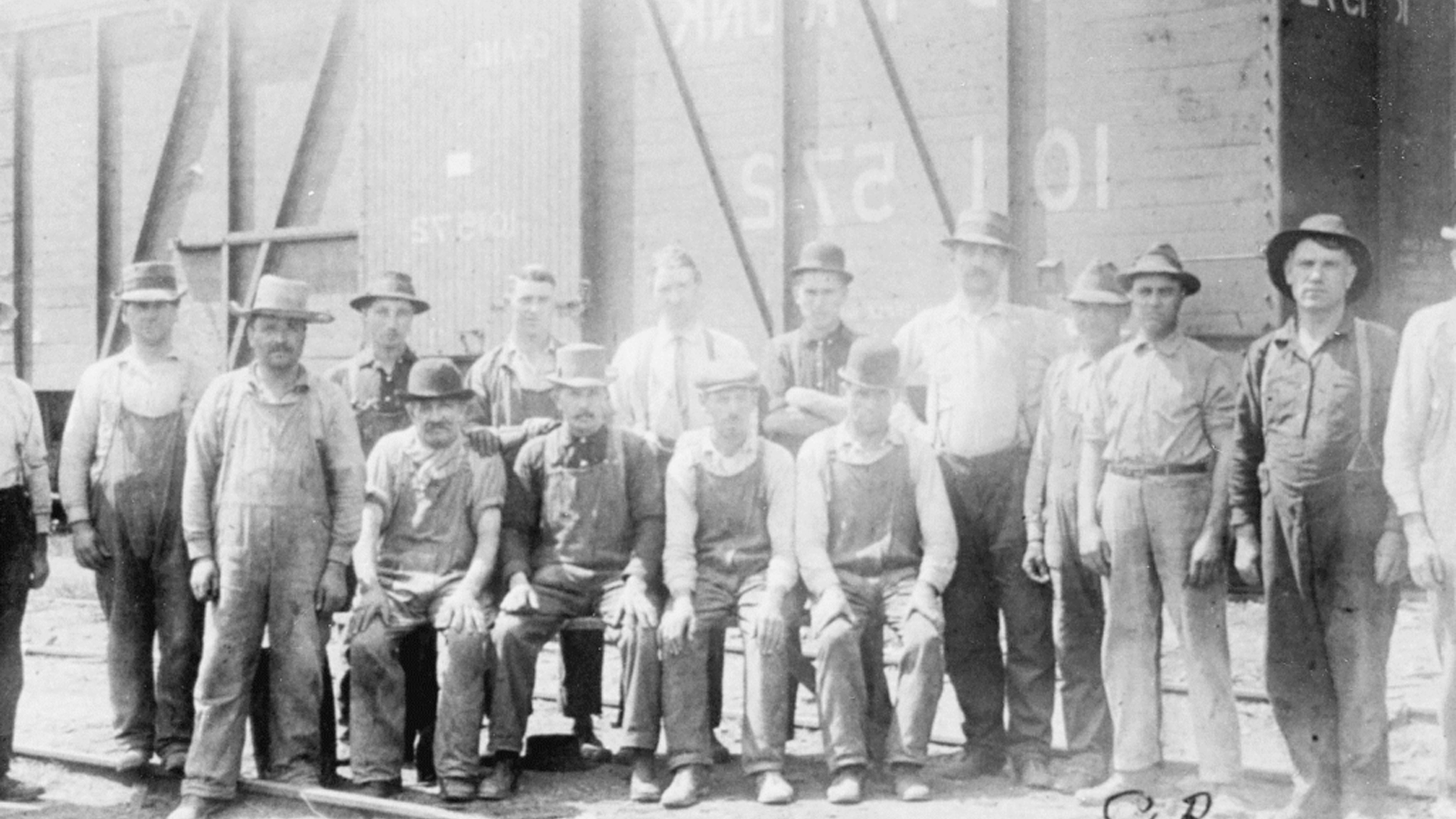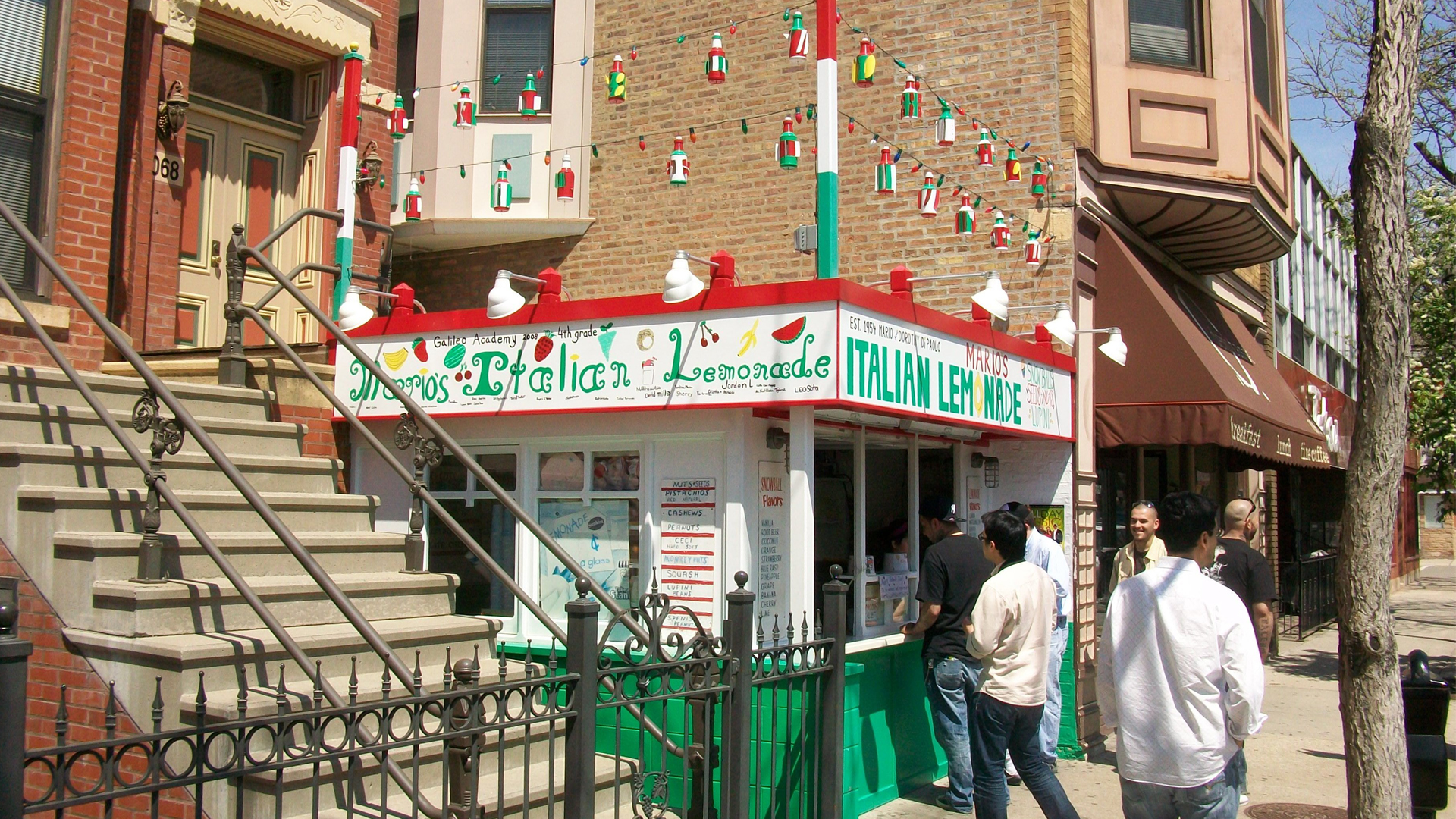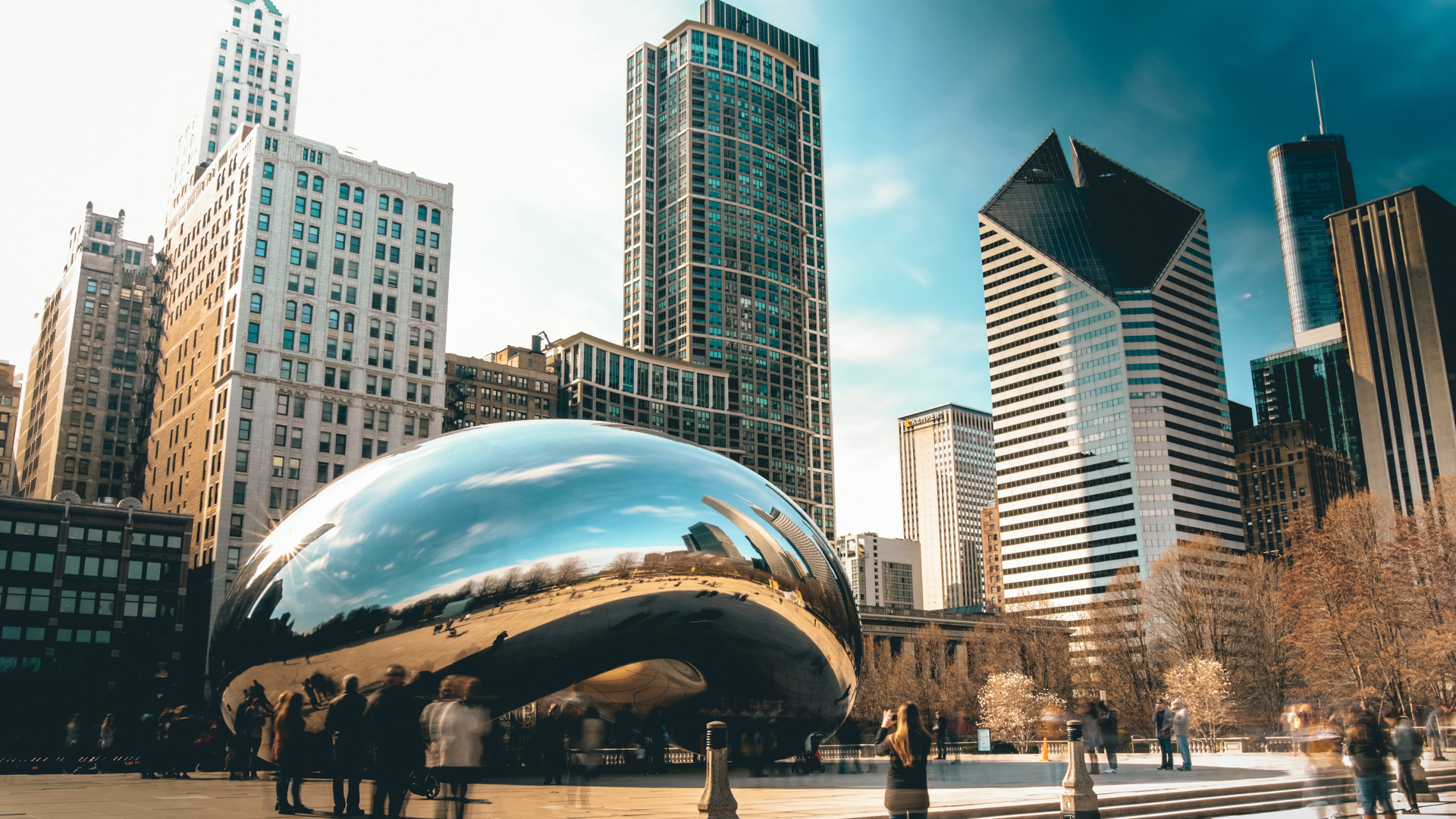The great midwestern metropolis of Chicago is the third most populous city in America, following New York City and Los Angeles. In and around the city is also home to over half a million residents of Italian heritage. Surprisingly, the first Italian who came to Chicago arrived long before the city was established, even before the United States became a country.
Italians in the Windy City
Before the mass immigration of Italians to Chicago in 1850, a handful came to what would become the Windy City long before the American Revolution. The most notable Italian to set foot in Illinois was Enrico Tonti, from Gaeta, Italy. In 1680, he served as a soldier in the French Army and was a member of the La Salle Expedition. He became second in command of the operation. After his military service, along with his Franco-Italian cousin, Pierre de Liette, the two established a trading post in what is believed to be the modern-day Tribune Tower. The cousins closed in 1705 when the King revoked their trading license but this would not be the end of Italians in Chicago.
Large waves of Genoese Italians started moving into the area in the 1850s. Many of these immigrants were primarily merchants, restaurateurs, and fruit sellers. Others were plaster workers, who mainly immigrated from Lucca, Tuscany.

(Photo Credit: wetheitalians)
During the second immigration wave from 1880-1920, the Italians who made the voyage were from rural areas, mostly from southern Italy. The new immigrants who came to Chicago were mostly poor young men. By 1920, Chicago’s Italian population had surpassed that of New York City and Philadelphia. A third wave of Italian immigrants settled in Chicago coming from Calabria, Puglia and Sicily.
World War II changed the lives of Italians, not only in Chicago but throughout the United States. Strict immigration laws limited immigration from Italy and other countries, slowing the growth of the foreign-born population. The war caused large labor shortages, making it challenging for Italians to find work.
In the 1930s, Italian women and men worked predominantly in the garment industry and helped set up the Amalgamated Clothing Workers of America. Italians were engaged in the labor struggles with the Congress of Industrial Organizations.

(Photo Credit: Yesterday's America)
Italian Enclaves of Chicago
When Italian immigrants moved to Chicago, they took up residency on the Near West Side of the city. This area became Chicago’s Little Italy. The Little Italy population peaked during the 1950s and ‘60s and began to shrink when the University of Illinois was built in 1983. Currently, the boundaries of this neighborhood span between Ashland Avenue to the west and Interstate 90/94 to the east, the Eisenhower Expressway to the north, and Roosevelt to the south. However, there are Italian American communities spread throughout the city. .
While Taylor Street was widely known as Chicago’s Little Italy, several other neighborhoods had dense Italian American populations. Little Sicily in the 22nd Ward in the city’s Near North Side neighborhood grew to be an enclave of nearly 20,000 Italians. If you go to Chicago today, Grand Avenue feels more like “Little Italy” than Taylor street. Many from Sicily and Puglia moved into this area. Grand Avenue is home to authentic Italian markets where you can find homemade sausages. The “Heart of Italy,” found on Chicago’s Lower West Side is home to many Northern Italians.

(Photo Credit: Wetheitalians)
Chicago’s Italian Legacy
Many Italian enclaves were destroyed during the post-World War II era. These areas were the sites of expanding urban development with the construction of highways, public housing and new buildings like the University of Illinois Chicago. Although displaced, Italians still persisted. Rudolph J. Vecoli, author of “The Formation of Chicago's ‘Little Italies,’” stated that there are around 150 different Italian organizations in the area.
In 1945, the Italian Welfare Council was established to help provide recreational, educational, and social services to the community. It was replaced by the Italian American Civic Committee in 1952. Currently, this organization sponsors the annual Chicago Columbus Day Parade.
Al Capone, although not originally from Chicago, made the Windy City his home. His criminal background and legacy created prejudices against Italian Americans, causing the community to fight for a clean hard working image they had already earned. Unfortunately, the media found gangsters and mobsters to be a cash cow. The making of several Italian mafia movies stems from the life and crimes of Al Capone.
Chicago Italians created a strong persevering reputation that can’t be overshadowed by Al Capone’s notorious legacy. Frank Annunzio is one of Chicago’s leading Italian American congressmen and one of the people who fought to make Columbus Day a national holiday. Mother Frances Xavier Cabrini is the first woman and American citizen who was canonized as a saint.
AJ Forrisi
Assistant Editor for America Domani, AJ Forrisi is a Brooklyn-based writer and photographer. His work focuses on food, travel, sports, landscapes, and urban scenes. You can find him on Instagram @aj.photo.works.

